European markets open slightly higher amid cautious sentiment, driven by expectations of fresh monetary easing by the European Central Bank.Investors are closely watching whether the ECB will proceed with another interest rate cut, especially as inflation has fallen below 2% a level that offers policymakers some flexibility to support growth in the upcoming period.
At the same time, global markets remain under pressure following U.S. President Donald Trump’s decision to double tariffs on steel and aluminum imports. With little progress made in trade negotiations except for a preliminary deal with the United Kingdom risk appetite has weakened globally, prompting a shift in liquidity toward safe haven assets.
May’s PMI data presented a lackluster picture of the eurozone economy, with the composite index dropping to 50.2, edging closer to contraction territory. Notably, the services sector which holds the largest weight entered contraction for the first time since November, reflecting continued weakness in both domestic and external demand.
Manufacturing remained weak but stable, while companies increasingly relied on clearing backlogs to compensate for sluggish new orders a strategy that appears unsustainable. Regionally, southern economies led by Italy showed relative resilience, while Germany slipped back into contraction and France displayed early signs of stabilization. Softening inflation has increased the likelihood of a rate cut at the ECB’s upcoming meeting, although overall business sentiment remains fragile.
Asian equities posted solid gains on Wednesday, driven by strong performances in the technology and real estate sectors. Japan’s Nikkei 225 closed up 0.78%, with notable activity in banks and textiles, reflecting steady capital flows into domestically oriented firms.
In South Korea, the recent presidential election result boosted hopes for a swift economic reform agenda, supporting both equities and the local currency. Conversely, Washington’s escalation of trade tensions through higher tariffs added downward pressure on the U.S. dollar, which traded near a six-week low, while investors sought refuge in traditional safe havens like gold and the Japanese yen.
In the commodities space, oil prices saw modest declines as the supply-demand imbalance widened, driven by increased OPEC+ production and persistent concerns over global growth amid trade disputes. Brent crude fell below $65.50 per barrel, while WTI hovered around $63.
Gold continued its upward momentum, trading near $3,351 per ounce and extending its impressive year-to-date gains above 28%, fueled by risk aversion. On the currency front, USD/JPY slipped to 143.86, while EUR/JPY held steady. The U.S. Dollar Index declined further to 99.14, weighed by expectations of continued monetary easing from the Federal Reserve in the second half of the year.
Stay informed about global markets through our previous analyses. and Now, you can also benefit from LDN company services via the LDN Global Markets trading platform.







